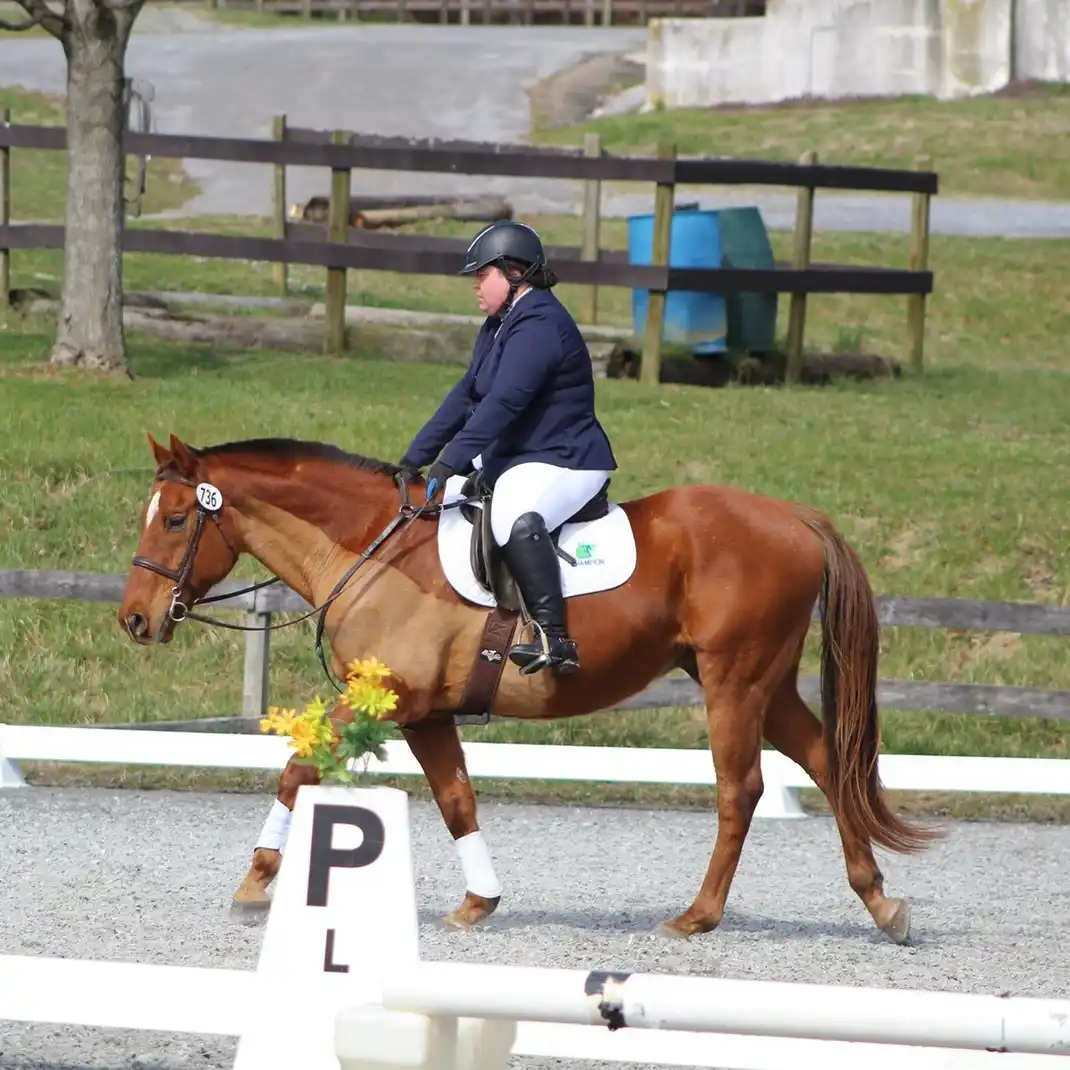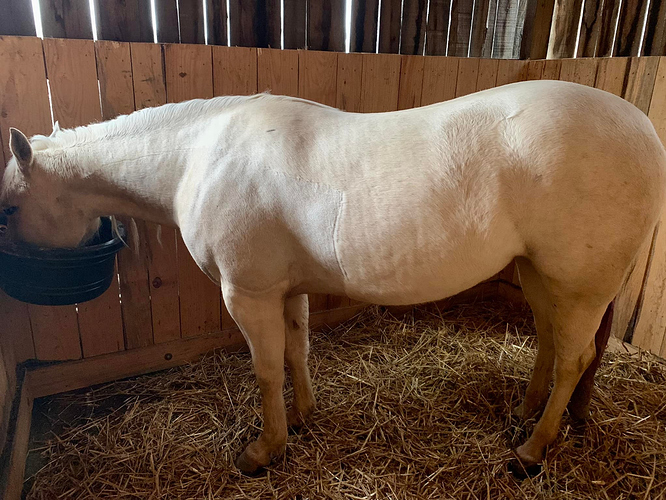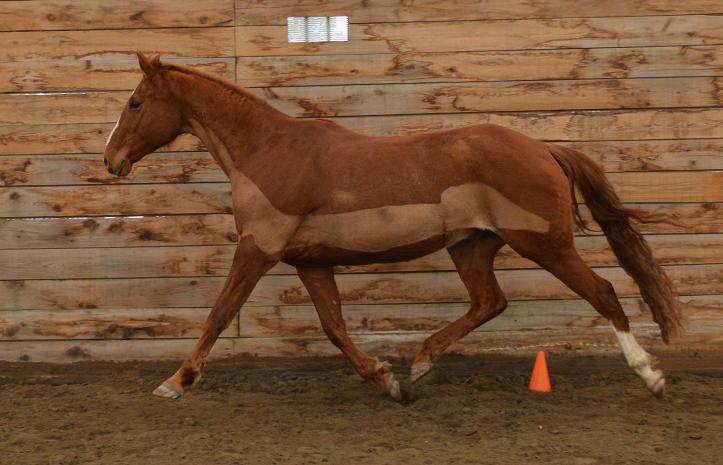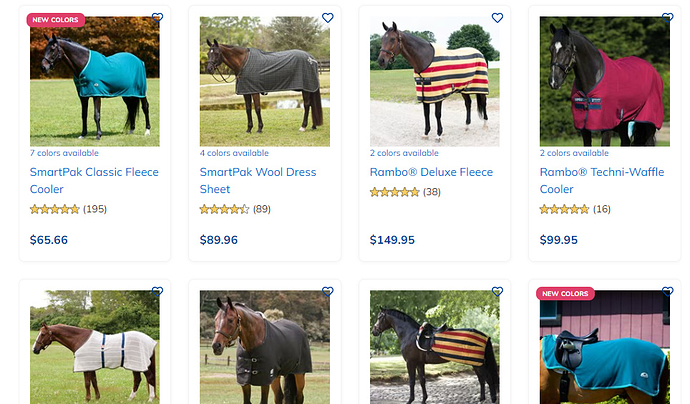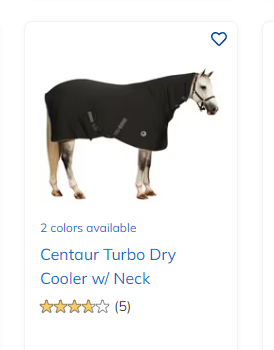That’s not a bib clip. An apron clip goes from cheek to elbow, and a bib clip is less than that - just cheek to a stripe down the middle of the chest. Neither takes anything off the girth. Your. clip looks like a modified Irish clip (cheek to stifle). Whatever you want to call it, your horse is gorgeous!! You two look lovely together!
@c0608524 I recently stumbled across a photo I took just after sunrise one winter morning. It had been -34c without any wind overnight and the horses’ breath had condensed on their hair, manes, whiskers and eyelashes. My horse had a modified trace clip (belly unclipped below the straight elbow to stifle line) and a 200gm Rhino Wug, and he was perfectly comfortable (he lived out full time).
That would have been 13-14 years ago. At the time I clipped in early November and the horses still had enough coat yet to come that they had enough coat to cover the clipped areas sufficiently to stay warm in midweight blankets. Horses living outside will grow winter coat until the solstice in December. I clipped in January once and got no growth other than straggly hairs. If you want a little more coverage on the clipped areas, clip earlier.
The key was leaving the belly hair unclipped below the straight (straight! not aesthetically curved down) line between elbow and stifle. I never had an issue putting my horse back out with a damp girth area. The belly isn’t a high sweat area, but naked and uncovered it will make horses much colder. It’s part of traditional clips because British winters are more muddy than frozen, and clipped bellies were much easier to clean up after working/riding/hunting.
Someone copied my modified trace clip and curved the elbow to stifle line down so it wasn’t as obvious thee belly hair was unclipped. It was much more aesthetically pleasing to look at, but the horse was cold wearing a midweight and a heavyweight at the same time, while mine was still in his midweight. I’ll take effective over aesthetics.
As you can see, I also didn’t take the clip around his haunches.

